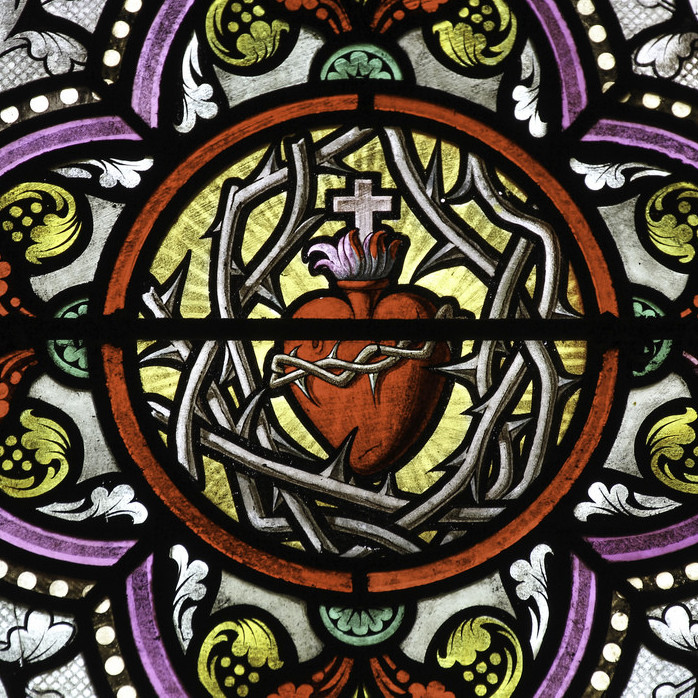In his article “Sacred Services: How can knowledge from social science relating to the sacred inform the design of service experiences?” Ted Matthews draws a comparison between service design theory and social theories related to the sacred, in order to find points of encounter and discuss how the sacred experience can potentially enhance the service experience.
The assumption that the sacred can be incorporated in the service experience is interesting in the sense that the social construction of meaning associated to the sacred allows for the generation of social scripts and norms that ultimately generate easiness in the service experience, and allow the users to experience a stronger emotional attachment.
As I was reading Matthews’ article I found very interesting the comparison between the social construction of the sacred and the design of services, specially because I could related to my own experience during the Master.
While working on the Service Jam for Action Aid we addressed the issue of how to provide and communicate a new experience for donors in order to keep them more engaged on the long distance adoption program. Our approach to the issue involved to borrow a new metaphor for the communication in order to add a different meaning to the whole service, looking backwards I can see how, without purposely trying to, we were designing the experience on the basis of stablished myths and rituals associated with the values we wanted to enhance.
As Matthews highlights in the article, a myth is a symbolic metaphor (created by a particular community) that allow us to make tangible the abstract, for us it was the journey. A journey that we interpreted in both ways, first, a personal one for the donor, which was oriented by the discovery of a new reality and a new place; second, a community journey, oriented toward the development and the strengthen of the community being supported.
Once this framework was defined building the moments of interaction that will make the experience tangible and memorable was easier, as we were following more or less the social script involved with this particular myth. Following Matthews, through rituals the myth is performed making it physical (through a sequence of activities, gestures, words and artifacts) and framing it on time. In our case the general framework of the journey help us define: a time cycle, following ritualized activities associated with tourism (sightseeing, gastronomic immersion …), concrete touchpoints (souvenirs, postcards, passport stamps), calls to action (sharing of moments trough social media), and transitions between different moments of the service (invitation to visit another country).
As Matthews concluded, this association between the sacred and service design can facilitate the design process by leveraging already rooted narratives and behaviors in order to engage users with the specific values that are to be promoted for each service. it could be really interesting to see if this approach could be somehow operationalized.
*Cover photo: Fr Lawrence Lew, O.P. The Sacred Heart of Jesus

